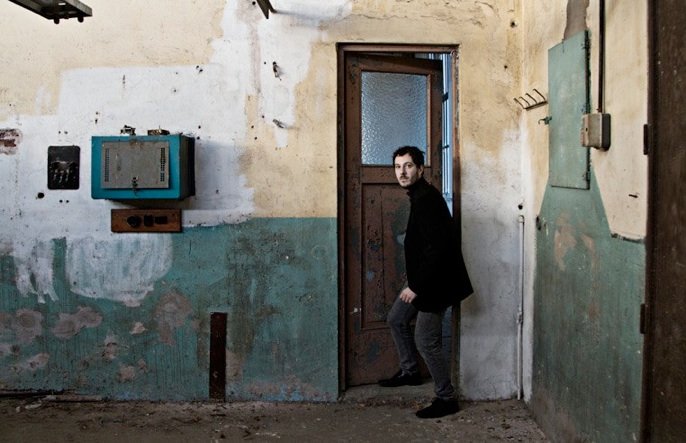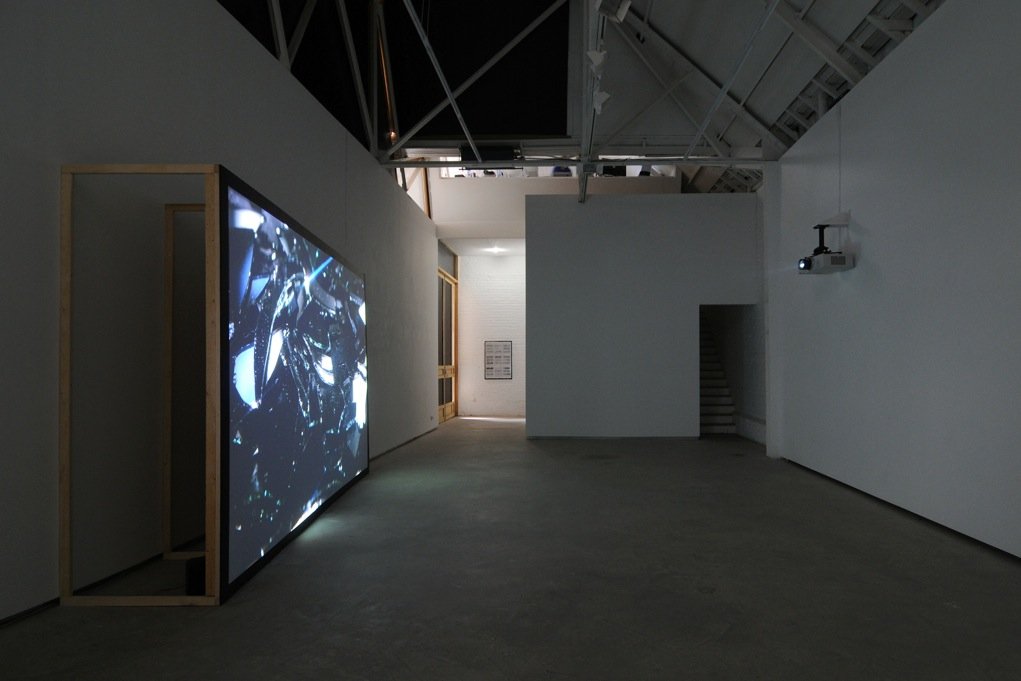Sebastian Diaz Morales: Ficcionario
27 January–23 March 2013, Brussels
Sebastian Diaz Morales, Insight, 2012, 1-channel HD video, 11’30 min (movie still)
Ficcionario
Galerie Catherine Bastide is pleased to announce the solo exhibition Ficcionario by Argentinian born, Amsterdam based artist Sebastian Diaz Morales (1975). Presenting three ambitious video works; Insight along with accompanying storyboard, Pasajes and Smoke Signals. An archeologist of the image, Diaz Morales questions perception itself in a trio of his most arresting films to date.
Abstraction today is no longer that of the map, the double, the mirror or the concept. Simulation is no longer that of a territory, a referential being or a substance. It is the generation by models of a real without origin or reality: a hyperreal. The territory no longer precedes the map, nor survives it. Henceforth, it is the map that precedes the territory - PRECESSION OF SIMULACRA - it is the map that engenders the territory....(Baudrillard, 1994, p. 1)
Insight is the total abstraction. A carefully assembled film-crew appears like a tableau vivant facing the viewer. Then suddenly, they shatter- an analogy of breaking through the surface to expose the simulation- a mirror slowly explodes into a thousand pieces. Filmed in beautifully rendered high definition Insight is a tribute to the camera obscuras of old mingled with a critical spirit directed towards the mass media today. Regarded as a phenomenon brought about by a world lacking distinction between real and simulacra, Diaz Morales borrows media industry tactics to expose and undermine. Revealing rather than concealing his methods allows for a moment of realisation to occur. As the pieces of glass crumble into tiny galaxies, context is deconstructed and the universalising tendency of Diaz Morales' practise literally portrayed. With timeless grace the artist contemplates the nature of existence.
Informed by the philosophy of Jorge Luis Borges' text 'On Exactitude in Science' Diaz Morales presents a reformulation of reality. Here, a fictional Empire builds a life-size map identical to the Empire they inhabit. A psycho-geographic conceit- the map becomes the territory, the territory the map. The notion of the 'map' as a co-existent reality anchors Diaz Morales’ works, believing that we are all inhabitants of such maps, and the territory a long-lost relic.
As Borges’ story concludes with the destruction of the map by later generations, Diaz Morales' continuous construction and destruction of realities is symptomatic of a world where the original no longer exists, only a succession of simulations. Diaz Morales is the inventor of scenarios of infinite potential. Renouncing the limitations of narrative in favour of something less fixed, directionless-ness presents itself as a timely, though uncomfortable agent of endless and pointless opportunity.
Sebastian Diaz Morales, Pasajes, 2012, Digital HD video, 12’30 min (movie still)
Pasajes is a grounded allegory of such endless realities; inviting the viewer along through door after door of interlinked, unconnected worlds; a cobblers, an abandoned building, a gym, a museum. A labyrinth-like demonstration of the versatility of reality unfolds. Scenes of abandoned grandeur follow the everyday whilst the walking figure remains a passive subject of his constantly altering environment - a ceaseless progression, though not one that necessarily indicates positive change. We see cities that neglect their past in favour of a malfunctioning future. Although localised in the city of Buenos Aires, Diaz Morales seeks the essence of the nature of all cities. At any moment the door could open on your parallel reality, into the room you occupy…
…and into the map you inhabit, the one that has ordered your perception of the world. Meanwhile - elaborating on the dangerous 'realities' created by the mass media - Smoke Signals offers a different optional perception. It is a representation of a street protest with all the specificities removed in favour of a newsprint-like filter that obscures detail. An attempt at reclassifying a widely recognised media perpetrated motif or, what could be called an act of anti-propaganda. Turning the camera on itself Diaz Morales re-appropriates its function. Confronting the viewer with its indifferent gaze, it becomes a troublesome symbol of reality multiplied and magnified.
Whether or not you subscribe to the philosophy of the co-existent maps, Ficcionario leaves a lingering impression; reality is malleable, what’s yours?











